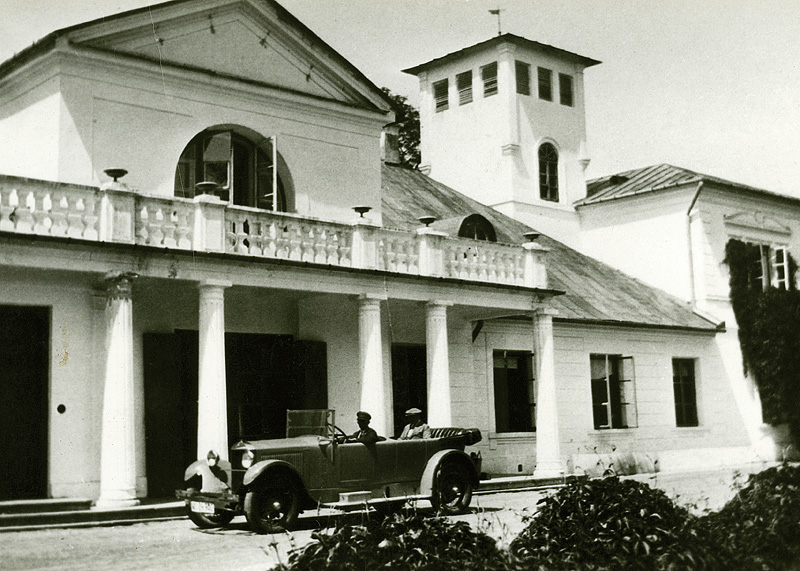Landowners’ residences
Landowners lived in their residences (called manors or palaces), which were surrounded with parks. A symbol of the landed gentry, the manor had always been regarded as inseparably connected with that social class. At the same time it was also lastingly connected with Polish culture, landscape, and history. Dating back to the 18th or 19th century, vast majority of the residences had been used for generations. They were enlarged and modernised when needed or when the trends changed.
The manor was a family nest and a symbol of the continuity and strength of Polish tradition. Almost every residence housed valuable antiques and works of art. A series of family portraits was a must. Hanging on the walls in the dining or living room, it was a proof of the family’s long history. The portraits highlighted the services of the family members who had held important positions or had participated in significant historic events.
